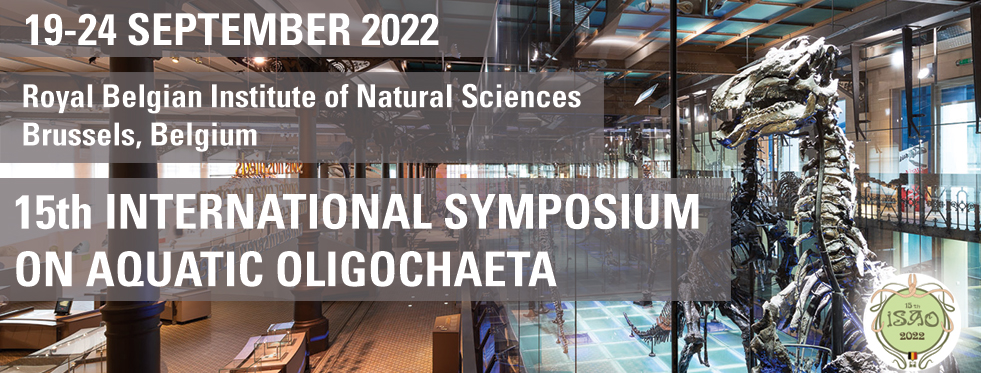Phreodrilids mostly occur in cooler wetter parts of the southern hemisphere. Where they occur in warmer climes they are mostly found in mesic habitats such as at high altitude, deep lakes, groundwater or springs. It is thus anomalous that numerous new species are being discovered on isolated granite outcrops in the semi-arid to arid inland areas of southern Western Australia. These outcrops have uneven surfaces and shallow depressions are occupied by temporary rain-filled pools known as ngammas and moss dominated meadows growing on shallow soil, often in combination. These habitats support diverse invertebrate communities including species that occur only in this habitat. Phreodrilids occur in the gnammas and the meadows. After rains, primarily in winter, the pools fill and the meadows become saturated, but in summer both habitats dry completely with little moisture even in the meadow soils. This drying combines with summer temperatures that can reach 40°C below the meadow soils to create an extreme environment for oligochaetes. The granite surface is impervious and there are no obvious refuges from xeric conditions on or near the outcrops. This raises questions about how the worms survive such harsh conditions. The only described species, Astacopsidrilus edwardi Pinder 2003, was named for the late Prof. Donald Edward (The University of Western Australia) who collected four species while searching for chironomids in the same habitat in 1995. Two additional species have been collected since 2019. Each species is known from only 1 to 3 outcrops and only 22 out of many thousands of outcrops have been surveyed for worms.

|
|
|
|
Extremophile phreodrilids? Revealing new phreodrilid diversity on granite outcrops in south-western Australia
1 : Department of Biodiversity, Conservation and Attractions
(DBCA)
* : Corresponding author
17 Dick Perry Avenue, Kensington, 6151, Western Australia -
Australia
|
 PDF version
PDF version
